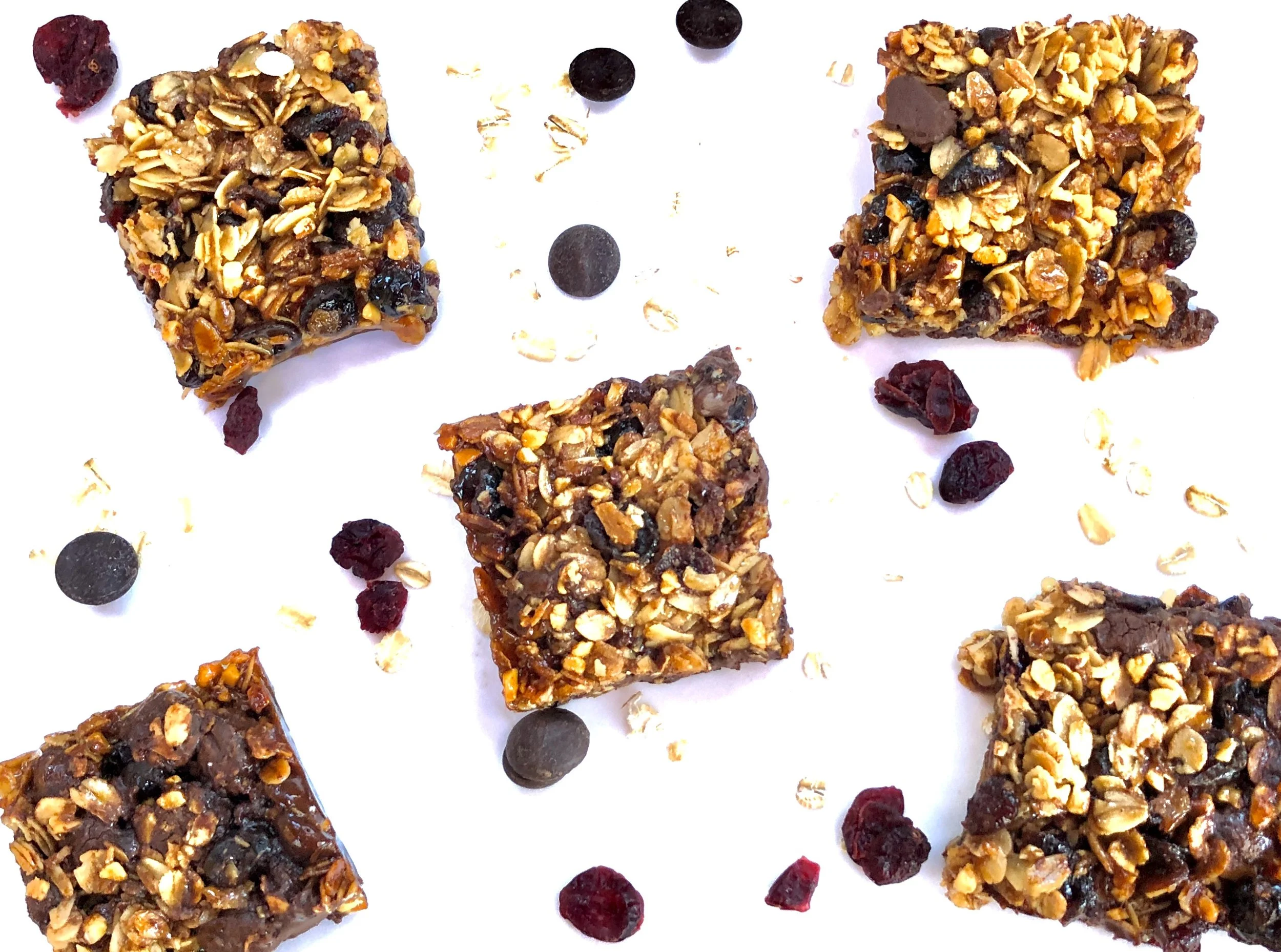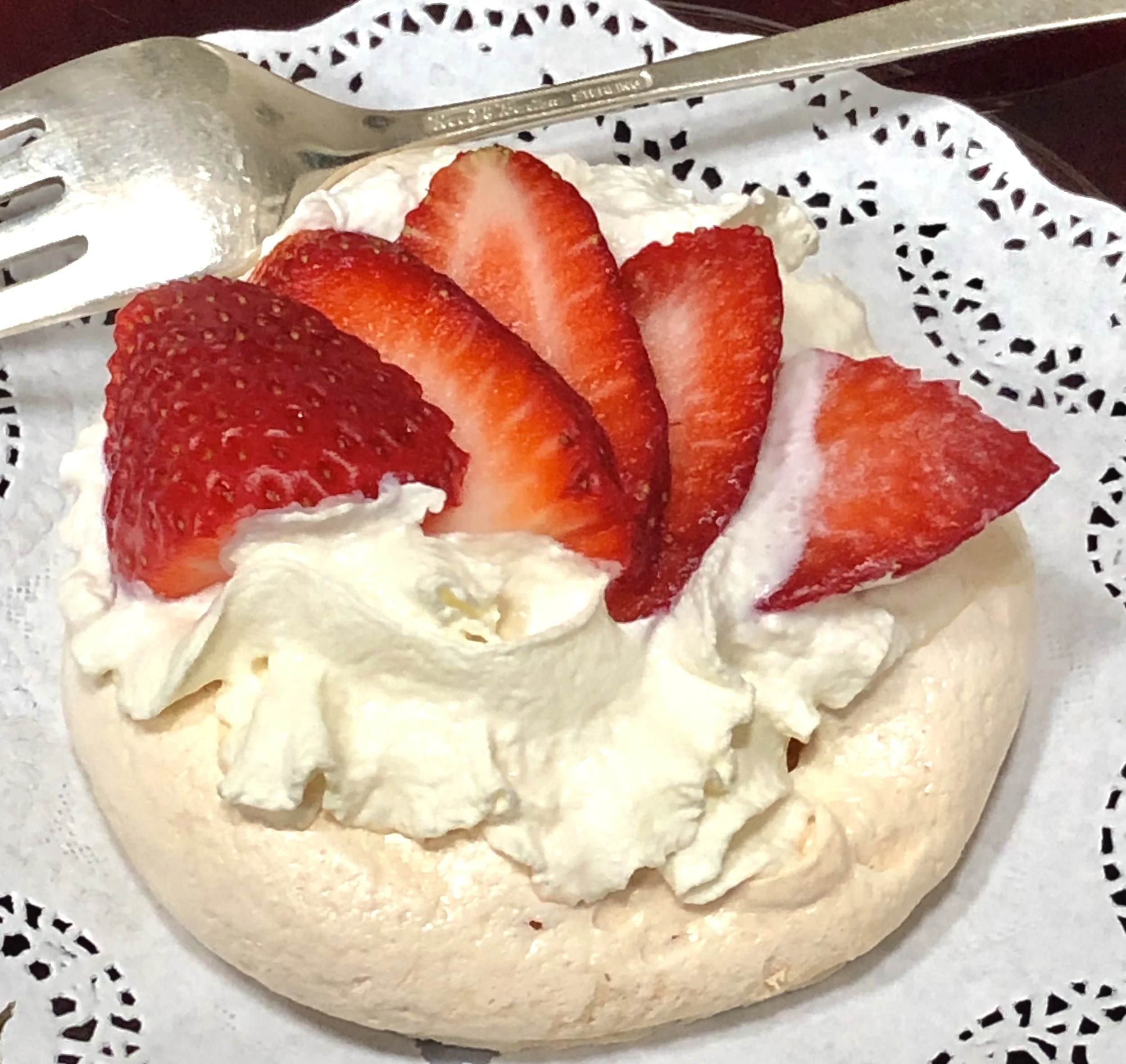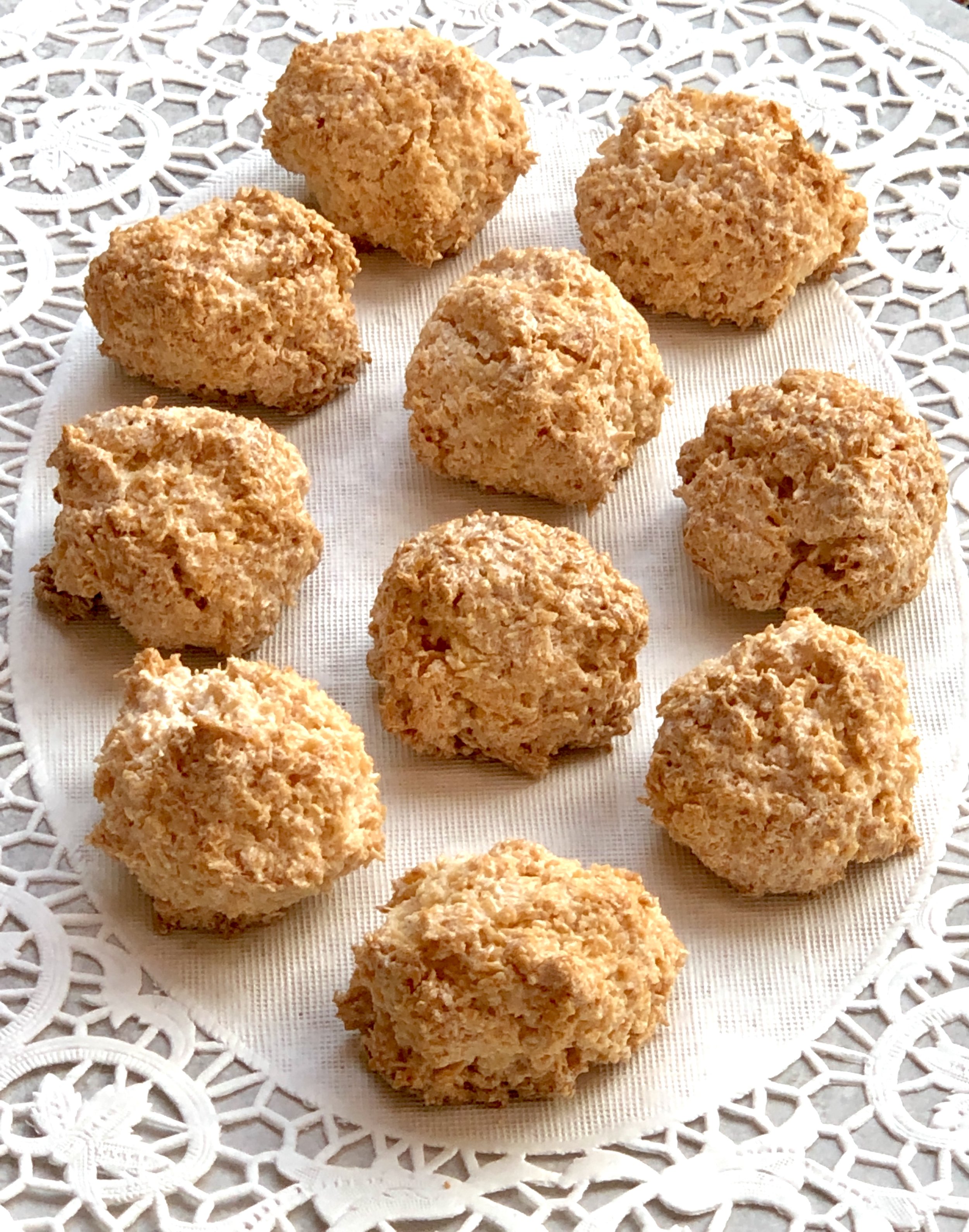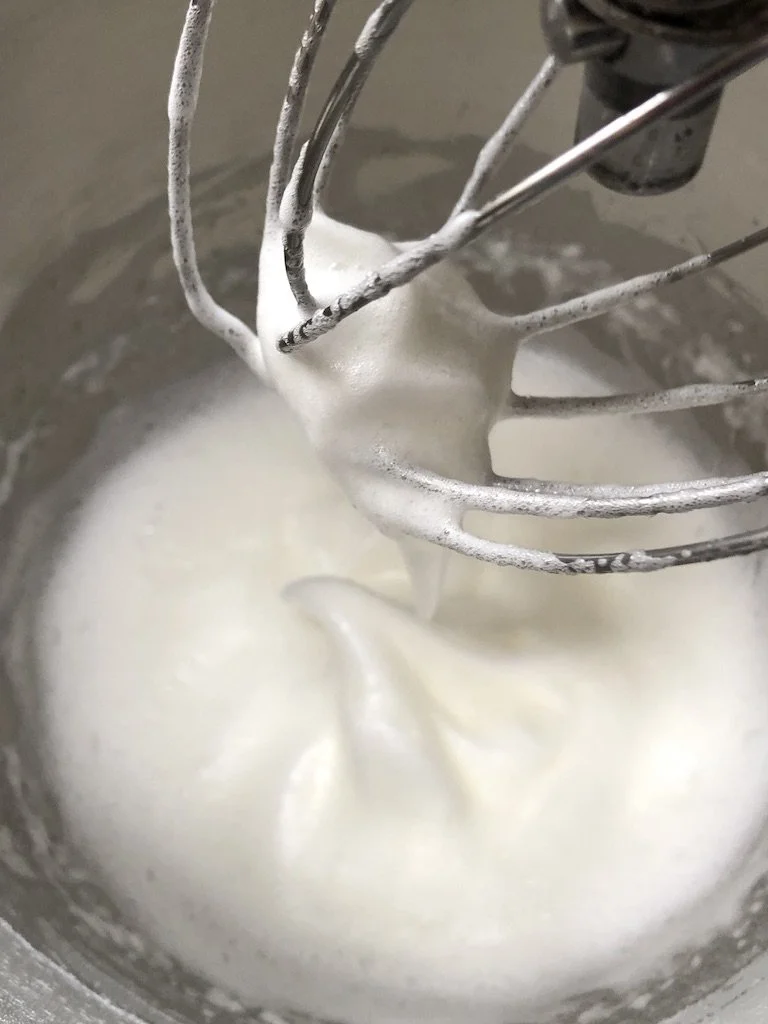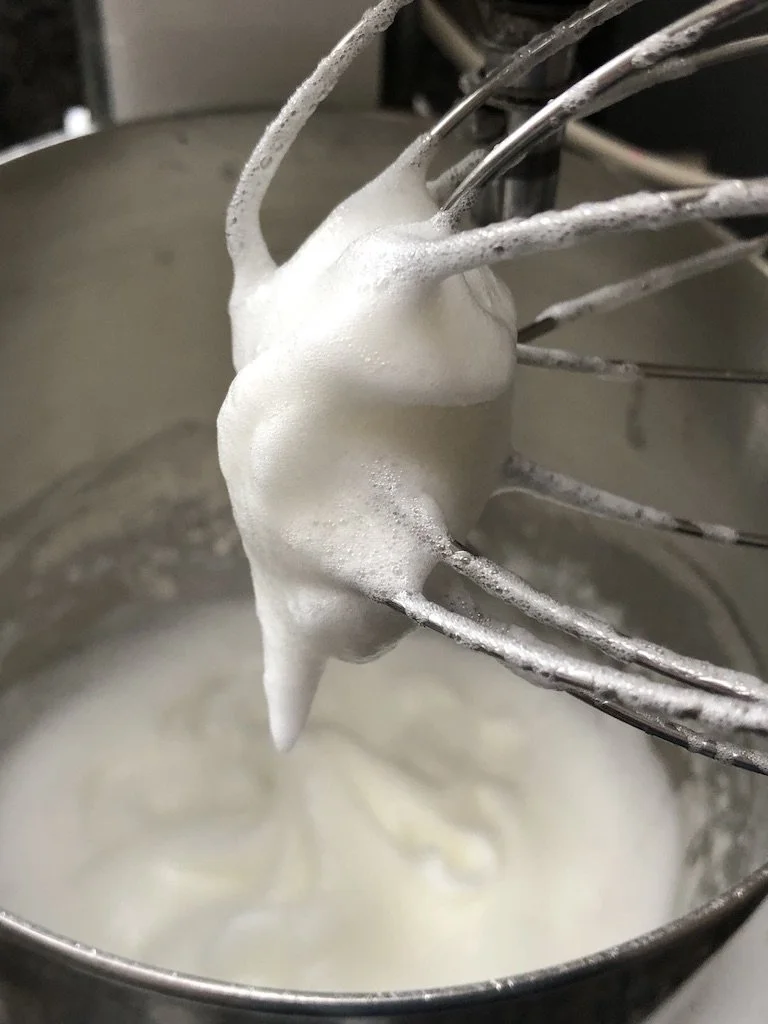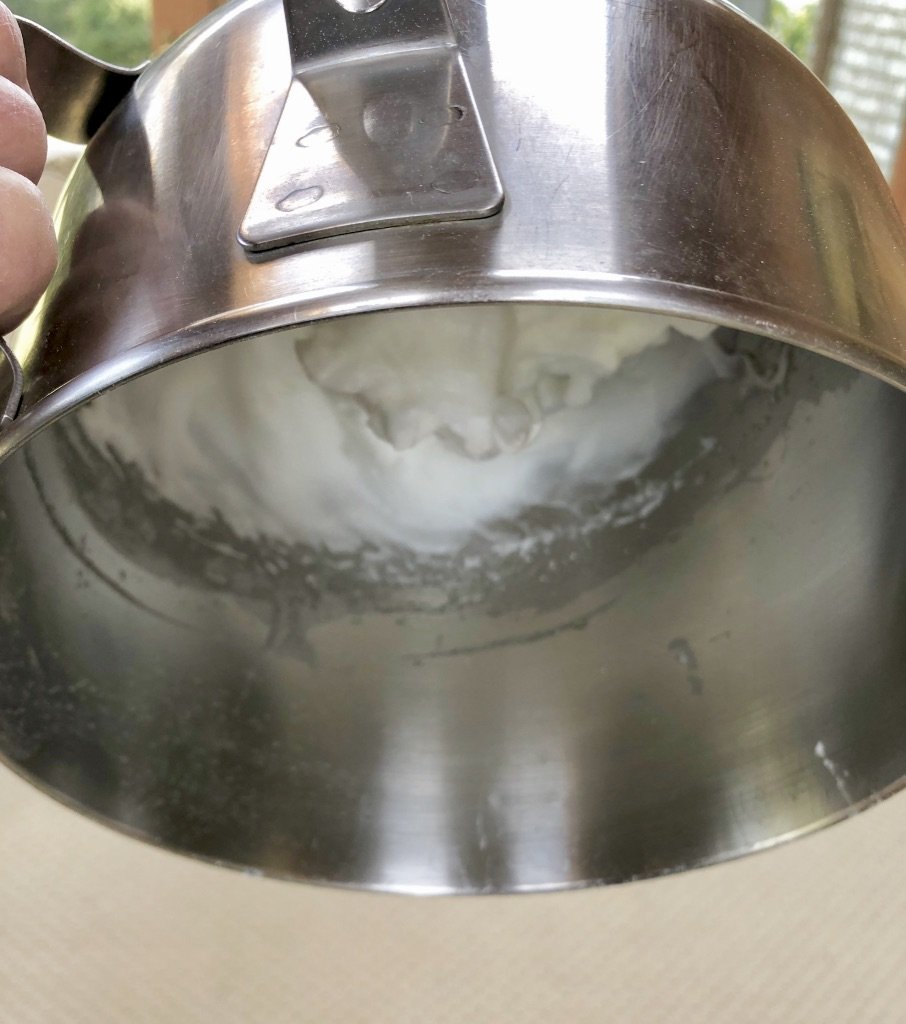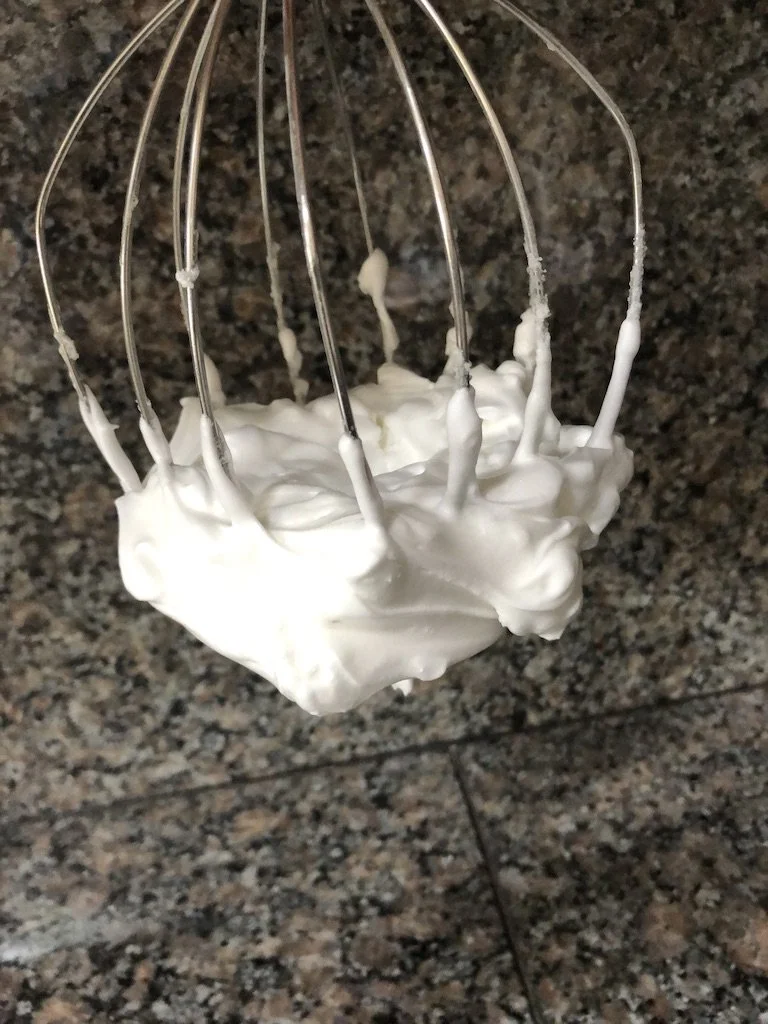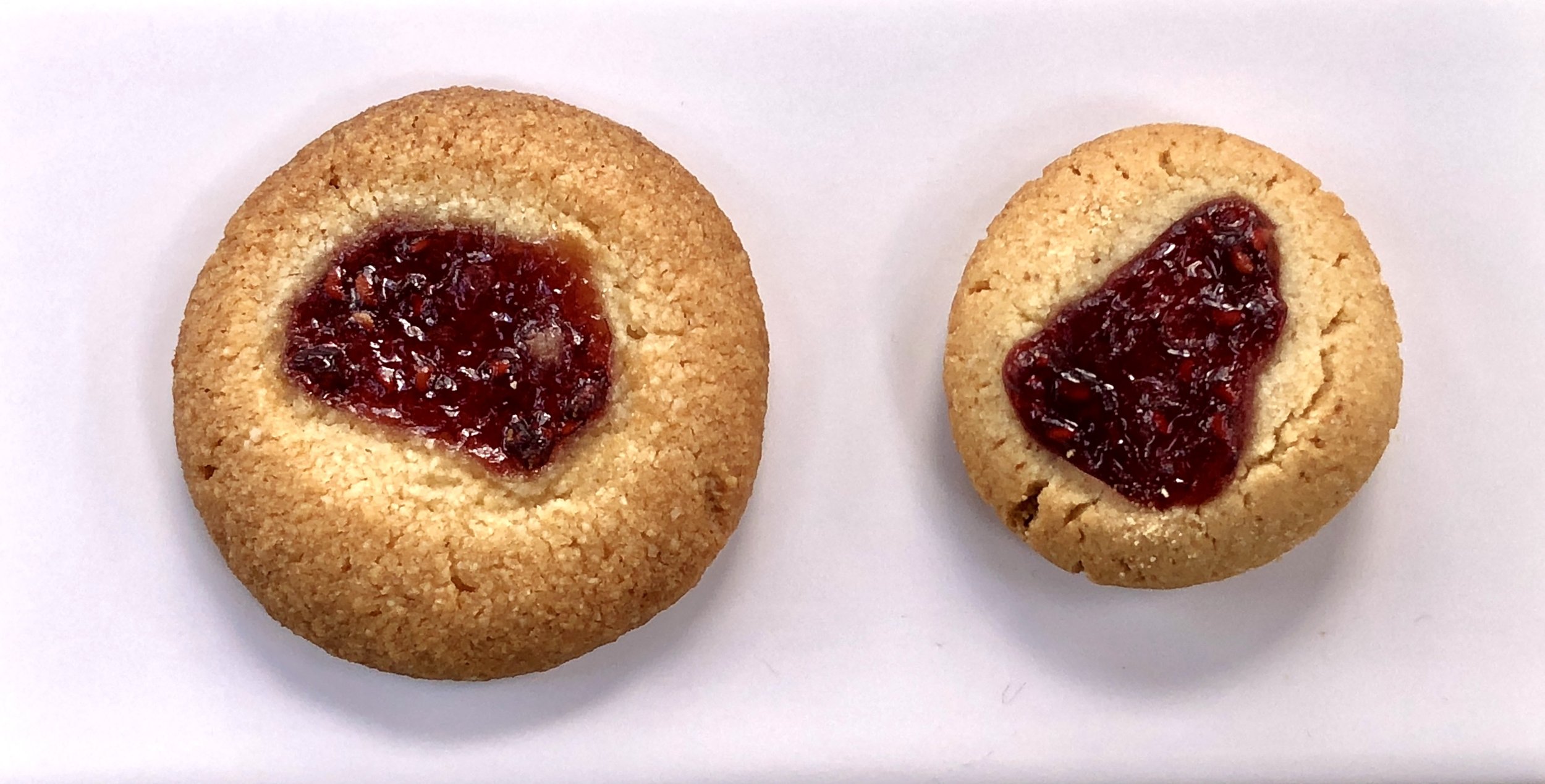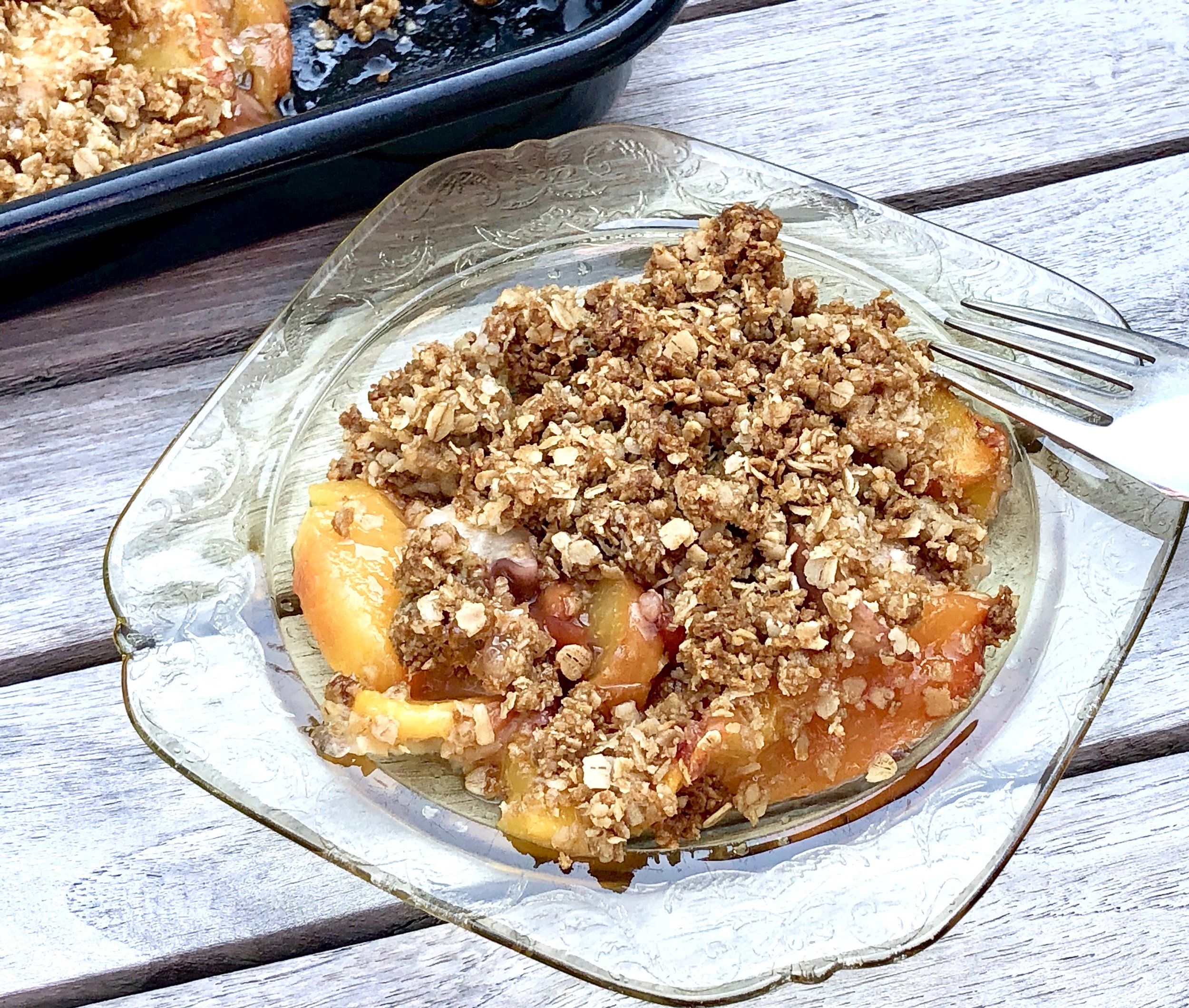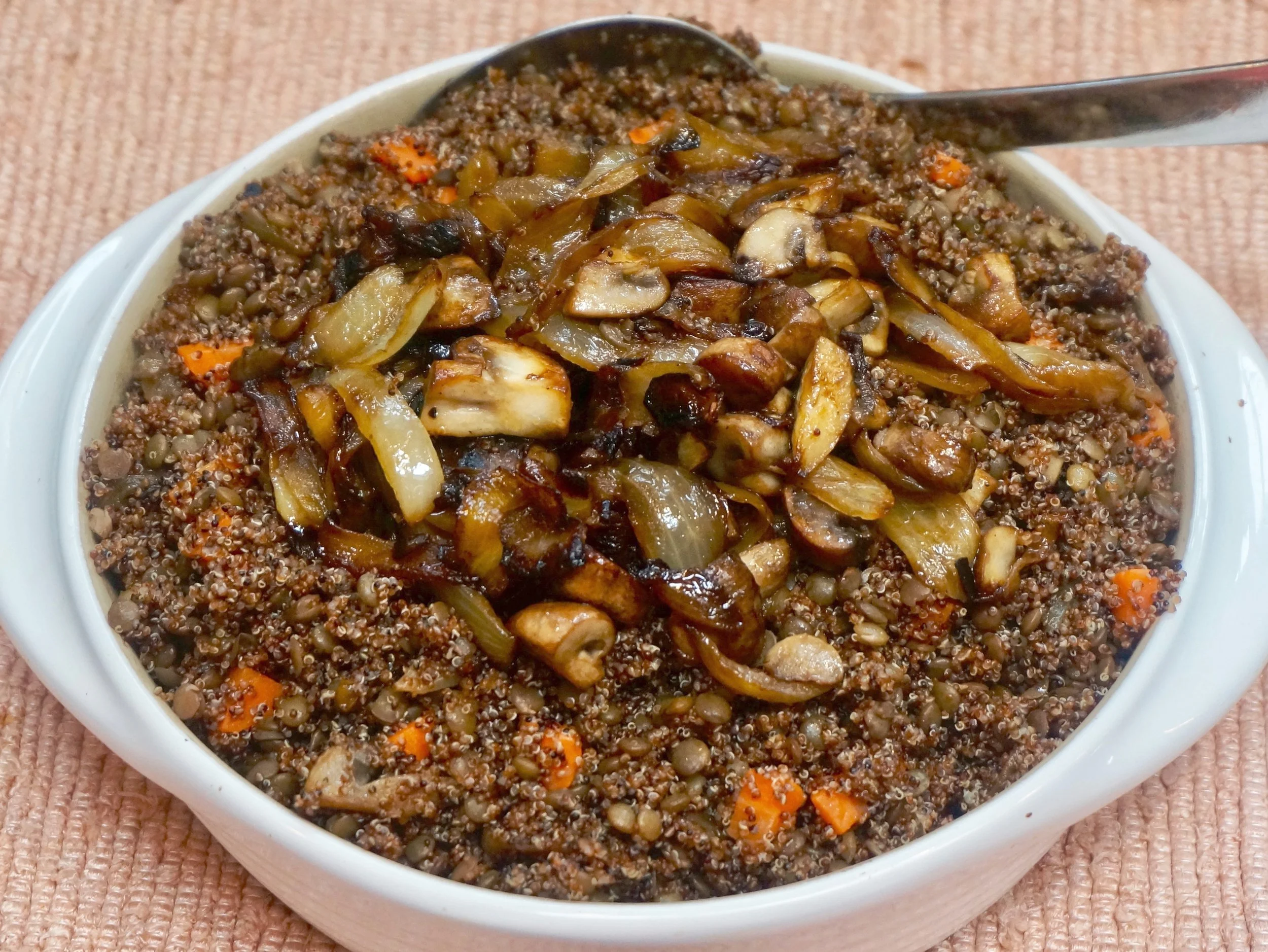The older I get, the easier my recipes become. Years ago I was willing to trek through a 3-pager with multiple steps. I made dishes such as French Onion Soup only after preparing my own stock. I was willing to put together a long-winded recipe for Paris-Brest.
No longer. I don't have the time, energy or patience -- and will leave those wonderful, worthy chores to younger folks. These days I create recipes that are simple, flavorful and interesting, but without taking shortcuts that would detract from the food.
I also appreciate when other people share the same ideals, which is why I love "The Silver Platter Simple Elegance," a new cookbook from the kitchen of Daniella Silver, with tips and notes from Norene Gilletz, renowned food blogger, cookbook author and matriarch of kosher cooking.
This is not merely a book where you can pick up a good recipe or two. Every recipe is approachable, using ingredients that even novice cooks will find familiar, with selections that are perfect for everyday cooking and many that are suitable for entertaining: Zucchini Dill Soup and Flaked Quinoa Schnitzel and Mustard-and-Garlic Roasted Potatoes and Granola Ice Cream Cake are just a few, glorious but easy finds that will make your family happy at dinnertime.
There's more: at the bottom of each recipe are tips from the master, Norene Gilletz, on such topics as what equipment is best to use, what can be done ahead, what substitutions are appropriate, how to make an everyday dish more company-friendly, and so on.
The photos are gorgeous too.
The first recipe that caught my eye is the one for Candied Cauliflower. Can you imagine such a thing?! With but 5 ingredients (not including salt and pepper), this sounded too fabulous to miss, and it was every bit as delicious as it looks on the page. (And includes tips on buying cauliflower and nut-seed substitutions.)
Next, the Mango Wild Rice, because I love any dish with mango in it. This recipe is fairly simple, colorful, flavorful and with the bonus that you can cook it ahead. One of Norene's tips is to substitute dried apricots for the dried mango, but I used fresh mango instead. The recipe is versatile too!
Taste for yourself: Here are the two recipes I found particularly worthy. The recipes and photos are reproduced from The Silver Platter Simple Elegance by Daniella Silver with Norene Gilletz, with permission from the copyright holders. ArtScroll/Mesorah Publications, LTD.
Another thought -- this book make a delicious Hanukkah gift for someone who likes to cook.
CANDIED CAULIFLOWER WITH ALMONDS
pareve, Passover, gluten-free, do not freeze, yields 6 servings
Candied cauliflower, drizzled with honey and thyme and topped with sliced almonds, is a beautiful dish that will keep your guests coming back for more. I suggest you double the recipe!
Ingredients
1 large cauliflower, trimmed
kosher salt
freshly ground black pepper
1 Tbsp minced fresh thyme leaves
2 Tbsp olive oil
3 Tbsp honey
½ cup sliced almonds
thyme sprigs, for garnish
Method
1. Preheat oven to 400°F. Line a rimmed baking sheet with parchment paper.
2. Cut cauliflower into 2-inch florets. Transfer to prepared baking sheet.
3. Sprinkle florets with salt, pepper, and thyme. Drizzle with oil and honey. Top with sliced almonds. Rub all over to coat evenly. (Can be prepared up to this point and refrigerated.)
4. Bake, uncovered, for 35-40 minutes, or until cauliflower is golden brown and tender. Serve immediately.
Norene’s Notes:
Variation: Use pecan pieces or coarsely chopped cashews instead of almonds. If you have a nut allergy, substitute pumpkin seeds.
Hot Stuff: Don’t worry about the almonds burning. The steam created during cooking prevents that from happening. If your oven is on the hot side, you may prefer to stir in the almonds during the last 15 minutes of baking.
WILD RICE WITH DRIED MANGO & RED ONION
pareve, gluten-free, freezes well, yields 8 servings
My three girls are in love with mango, and this wild rice dish has become their latest obsession. The nutty flavor of wild rice is a perfect match for sweet mango and red onion. The dried mango plumps up a bit when marinated in the dressing, adding some softness to the texture of this dish.
Ingredients
-
- 4 cups water
- 1½ cups wild rice, rinsed and drained
- 1 tsp kosher salt
- ½ medium red onion, quartered and thinly sliced
- 12 dried mango slices, thinly sliced into strips
- ¾ cup dried cranberries
- 3 Tbsp extra virgin olive oil
- ⅓ cup orange or mango juice
- 3 Tbsp honey
- ½ cup chopped fresh parsley
- kosher salt
- freshly ground black pepper
Method
1. Bring water to a boil in a medium saucepan over high heat. Add rice and salt; cover. Reduce heat; simmer for about 45 minutes, or until the grains split and burst. Remove from heat; let stand, covered, for 10 minutes. Drain, if necessary. Transfer to a large bowl; let cool.
2. Add onion, dried mangoes, and cranberries. Stir in oil, orange juice, honey, parsley, salt, and pepper. Toss to combine. Adjust seasonings to taste. Serve chilled or at room temperature.
Norene’s Notes:
Variation: Since wild rice is fairly expensive, you can use ¾ cup wild rice and ¾ cup whole grain brown rice — their cooking time is about the same.
No dried mango? Substitute dried apricots.
Wild rice is gluten-free, fiber-packed, and high in protein and B vitamins. Elegance in health!
An easy way to cut dried mango is to use kitchen scissors.
